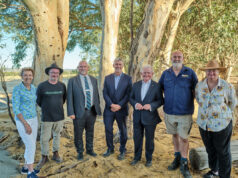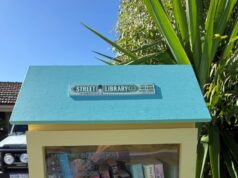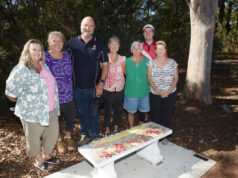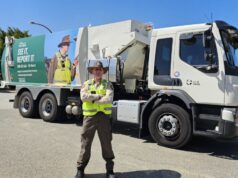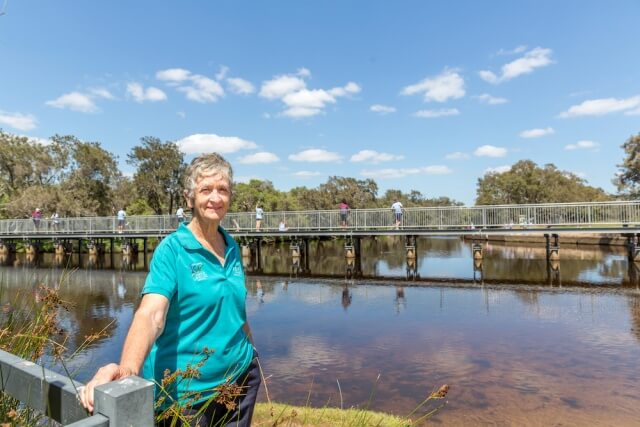
South East Regional Centre for Urban Landcare chair Pat Hart has welcomed evidence showing recent improvements in ecological conditions in the Canning River but warned stakeholders not to get complacent.
A recent fish tracking report found black bream in the Swan and Canning rivers favoured oxygenated areas of the rivers.
It found the ecological condition of near shore waters in 2016 was good while offshore waters were fair based on fish communities.
In the Canning River there are three oxygenation plants including one near the Nicholson Road Bridge and two others in Ferndale on Bacon Street and Camsell Way.
Environment Minister Albert Jacob said the tracking of 55-tagged black bream had found they avoided areas of the rivers that had low oxygen levels.
He said this confirmed river oxygenation was an important strategy for improving river water quality and survival of aquatic species.
“This research is showing that black bream, a popular recreational fishing species, favour areas of the river that are well oxygenated, which suggests that artificial oxygenation is beneficial during periods of low oxygen, particularly during summer and autumn months,” he said.
“This is important because improving water quality with oxygenation relief not only helps aquatic animals and other wildlife but it supports recreational fishing, and ensures the rivers are attractive for recreation and natural assets for the whole community.”
Mr Jacobs said the State Government’s light industry program, which involves inspecting light industrial premises for their environmental management practices, was also improving river health.
“By regularly inspecting and working with these businesses we reduce the risk of nutrients and contaminants such as hydrocarbons, degreasers and detergents getting in to groundwater and drainage systems,” he said.
Ms Hart said it was pleasing to hear there were plenty of bream in the Canning and Swan rivers and things were going reasonably well but it was no reason to let up efforts to improve.
“There is however a very fine balance between these two rivers being reasonably healthy and then overnight having blue green algae and fish kills,” she said.
“We have to continue to educate the broader community to limit their use of fertilisers and chemicals and also to ensure that all the local governments keep up pressure on light industry for them to address the chemicals and nutrients that can be found in many of the open drains where they are located.
“We also need the continued assurance of funding to assist the community groups and local government in all the great work they undertake along our waterways.
“The oxygenation plants are the artificial lungs for the Canning and are critical to its wellbeing.
“In the summer however at times the river cannot cope when the nutrient levels rise, the temperature increases and the flow reduces.
“It is a fine balance and we must all continue working together addressing all the many challenges that impact on our waterways if we want to have a healthy river.”
To view the report visit www.dpaw.wa.gov.au.


